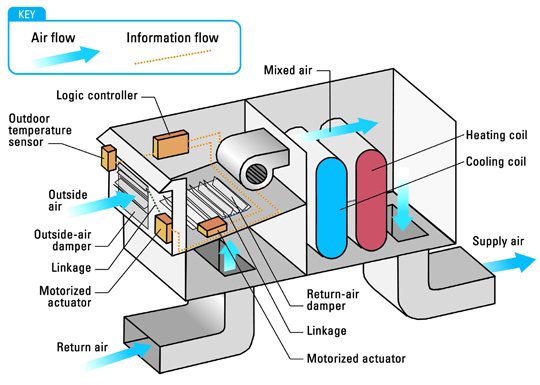Figure 1. Diagram of an air-side economizer. Source: energystar.gov
We are often asked about air-side economizers; we get questions about what they do, how they relate to other outdoor air systems and when they are required.
What are Air-Side Economizers? Put simply, an economizer is a piece of equipment that monitors outdoor air and uses it to provide low-cost cooling to the building when possible. Due to internal loads and large indoor areas, commercial buildings often require cooling even on days when it is cold outside. An air-side economizer provides low-cost cooling in this situation. The equipment automatically modulates and opens outside air dampers to allow increased outside air, improving the comfort inside the building, as shown in Figure 1. Pretty cool, right?
Economizers and Ventilation. The economizer is basically a system of electronic controls working alongside the exiting outside air/ventilation system. Based on setpoints, it increases outdoor air intake above the minimum required for ventilation when it is beneficial for cooling. Having standard ventilation equipment is not, therefore, a substitute for an economizer even though these systems work in tandem.
Also, as a bonus, an economizer boosts the building’s ventilation while reducing energy consumption. Increased ventilation reduces airborne pathogens, pollutants and odors, keeping people healthier and more productive.
When is an economizer required? If you’re not already convinced that you want economizers for your HVAC system, read on to see whether the IECC requires that you install them.
The prescriptive requirements of the 2018 IECC require economizers to be used in buildings based on cooling capacity. The capacity limits are modified based on climate zone and occupancy class. These requirements are intended to put economizers where they will have the most impact and fastest pay-back based on available outdoor air temperature and humidity, anticipated building cooling load and cooling equipment energy use.
For fan cooling units, the occupancy of the building (residential or non-residential) and the system size are the determining factors. See Section C403.5 for thresholds of fan system cooling capacity. Keep in mind this should be Total Net Capacity and that you are checking against the larger of the two values. First, check if the Total Net Capacity in Btu/h of your building is larger than the value given for your occupancy (1,500,000 Btu/h for Group R and 300,000 Btu/h for all other). If total building capacity is below the value given, an economizer is not required.
I don’t want to install an economizer but am required to in C403.5. Is there another option? C403.5 is required if complying with the Energy Code through the Prescriptive Path. You could also meet compliance through a Performance Path which would not require economizers.
During proper weather conditions, air economizers can reduce cooling costs, save energy and improve indoor air conditions. These systems do however require periodic maintenance and proper programming for them to function as intended. If not programmed properly or commissioned, they can actually increase energy usage by placing additional loads on the heating or cooling equipment.





